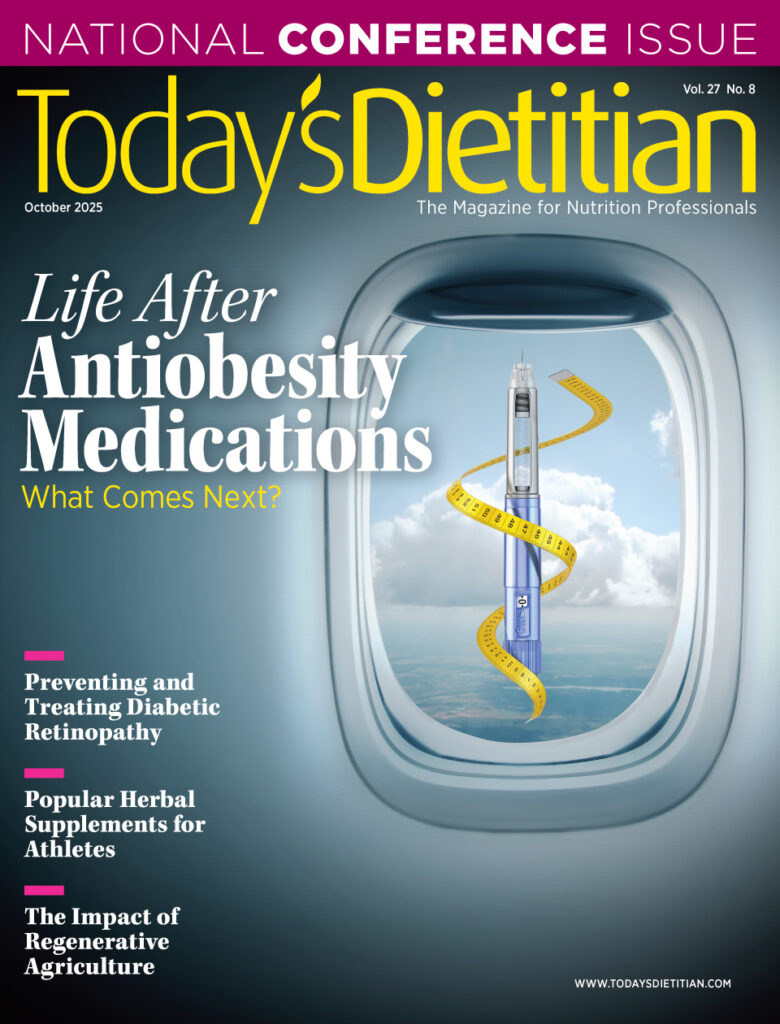WellDoc announced that two of its diabetes educators, Malinda Peeples, RN, MS, CDE, FAADE, and Janice MacLeod, MA, RD, CDE, LD, FAADE, coauthored an article published in the September 2017 issue of AADE in Practice, the association’s practice journal. Focusing on the need for diabetes educators to integrate digital health tools into their practice, the article was released on the heels of the American Association of Diabetes Educators (AADE) annual conference in Indianapolis held in August, during which both Peeples and MacLeod were inducted as AADE Fellows.
In the article, “Are You Ready to Be an eEducator?,” the coauthors focus on the need for diabetes educators to move towards the implementation of digital health as a key delivery platform for diabetes education and care.
To that end, both Peeples and MacLeod have been instrumental in the development of the recently launched Diabetes Digital Health Learning Network. Designed in collaboration with AADE and WellDoc, the Learning Network assists diabetes educators in gaining next-generation skills to integrate digital therapeutics into their practices to improve clinical care and cost-effective outcomes—as the article discusses.
The Learning Network, launched at the AADE conference with self-identified AADE members, will develop best practices to incorporate technology-enabled solutions for diabetes self-management education and support. This select group of AADE members are onboarding their patients with type 2 diabetes onto BlueStar. BlueStar is WellDoc’s flagship product, and is an FDA-cleared, digital therapeutic that provides real-time and timely individualized coaching and support, as well as educational tools that are actionable and personal. AADE and WellDoc will work together in the ensuing months to include an increasing number of AADE members in this network. An objective of the network is to define the leadership role for diabetes educators in population health and to leverage patient-generated health data to improve outcomes.
In addition, WellDoc, through BlueStar, offers users access to WellDoc’s full team of CDEs via “Ask the Educator.” Educators can respond to users’ self-management questions and support the best use of digital tools with the health care team.
“Digital health tools are the future for educators and patients to help manage the complexities of diabetes treatment protocols and ongoing self-management,” Peeples says. “Furthermore, digital health tools that use evidence-based diabetes care and education to improve clinical outcomes can provide educators a platform to connect with their patients.”
“Diabetes educators need to be at the forefront of an evolving value-based health care system that involves technology,” MacLeod says. “The integration of tools, like WellDoc’s BlueStar, into clinical care and diabetes education extends the reach, effectiveness, and efficiency of the care team.”
— Source: WellDoc
Proper Eating Habits Can Help Young Athletes
On and Off the Field
How can parents help their student-athletes gain a competitive edge? By brushing up on nutrition basics.
According to Chris Ina, MA, ATC, an athletic training coordinator in the sports medicine department at Wake Forest Baptist Medical Center in North Carolina, one healthful meal before a competition can’t make up for inadequate daily nutrition.
“Parents, young athletes, and coaches should know that one of the most important elements of proper nutrition for sports is timing,” Ina says. “In addition to eating balanced meals, young athletes need to know when to eat what types of food so they allow enough time for proper digestion and absorption of the nutrients needed for performance ‘fuel.’”
Ina suggests the following for top performance:
• Eat more carbohydrates than normal for several days before competition. Sporting events are endurance activities lasting hours and requiring plenty of energy. The body uses carbohydrates as energy, so storing them up a few days before an event is helpful. Good choices include whole grain pasta, peanut butter, whole grain bread and cereal (not sugar coated), and plain baked potatoes.
• To avoid cramping, just eat a small snack (200 kcal or less) that’s low in fat, protein, and fiber about an hour before the game. A large meal of more than 400 kcal may require up to four hours for complete digestion.
• Eat within two hours after exercise. Choose easy and inexpensive high-protein options such as a glass of chocolate milk, yogurt, or a smoothie to help repair muscles.
• Choose a smart option for a preworkout snack such as a granola bar, high-carbohydrate sports bar, or sports drink.
• Make it a habit to wake up and eat right away to kick start your metabolism and produce energy throughout the day.
• Avoid eating fried or greasy foods, such as cheeseburgers and French fries, which can result in feeling tired and sluggish because the body has to work hard to break down and digest the fat.
“Although proper nutrition is important for all growing kids, it’s especially important for children playing organized sports,” Ina says. “The energy requirements needed for the sustained physical activity involved in practice and competitive sports are much higher than for normal day-to-day activities.”
— Source: Wake Forest Baptist Medical Center


